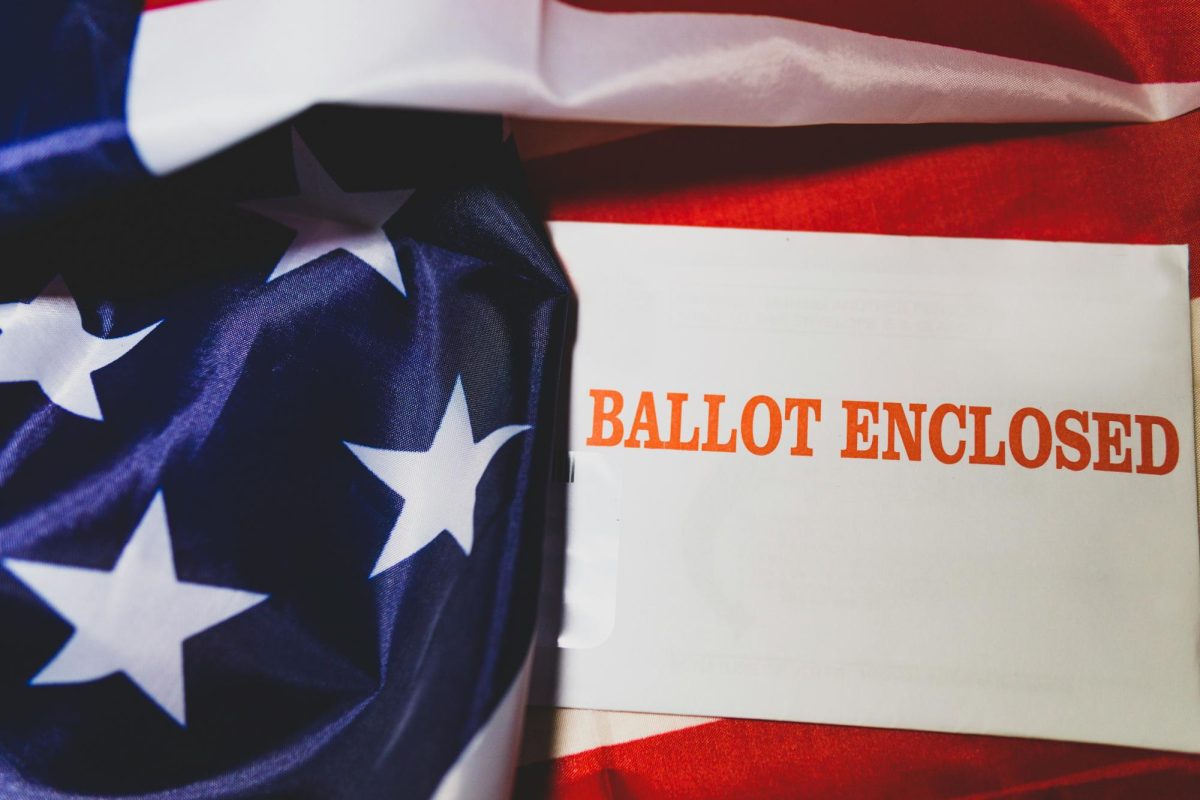It was Nov. 5, 2024. That morning, the Kamala Harris campaign was as confident as ever. For such a hasty entry into the race, it seemed as if the then-vice president had good standings and would pull out a narrow victory. Thousands of supporters crowded Harris’ alma mater, Howard University in Washington D.C. to watch the election, hoping it would paint the picture of a woman finally accomplishing one of the highest achievements of becoming president of the United States.
However, that did not happen.
As the results trickled in, state after state showed increasingly worse news for the Harris campaign. The night began to wane. One by one, all seven battleground states were painted red. Early the next morning, major news outlets called the race for Donald Trump. The result sent shockwaves through the supporters of the democratic party, who would wake up to see that their candidate, Kamala Harris, had lost.
So what happened? Why did Harris lose? The answer is not one specific policy issue, or one campaign gaffe or controversy, but instead a collective anomaly that accounted for the vast majority of the campaign’s downfall.
Many political analysts, reporters, and campaign operatives agree that Harris’ downfall lay in her ineffective reliance upon certain demographics, and inability to include others in her target audience. The democrats, looking for the college-enrolled and college-educated individual, would forget the working class and uneducated voter, a key demographic in critical rust belt states.
Harris banked a lot on these college-educated demographics to propel her to victory in swing states. However, as a result of the ongoing Israeli-Palestine conflict, they would instead stay home, feeling as if their concerns to end funding to Israel and to put an end to the war were unheard.
In addition, she hoped to build a following of suburban voters that would increase turnout for her campaign because of issues like abortion rights and others that she proposed would ensue if Trump was elected. Instead, these voters would go for Trump, collapsing the coalition that the Harris campaign thought would sail them to a victory.
In 2020, Joe Biden won by comfortable margins in two states, New Jersey¹ and Virginia². However, this year, Harris’s underperformance was severe, coming down to just a five percent ³ difference in votes in her victory.
For any political party, a loss in the presidential election is tough; however, this is an opportunity for democrats to make something new. It is crystal clear that even an unpredictable, working-class, and uneducated electorate is sometimes more reliable than young, educated, Gen-Z voters who feel as if the democratic party does not represent their values.
The democrats also must keep their base energized through the campaign season, which means also picking a clear side on issues progressives care about, such as Gaza and the climate crisis. It will be an uphill battle, but if they play their cards right they will possibly win the midterm elections in 2026 and take back the White House in 2028.

























